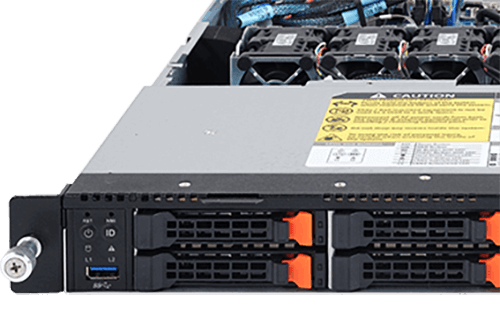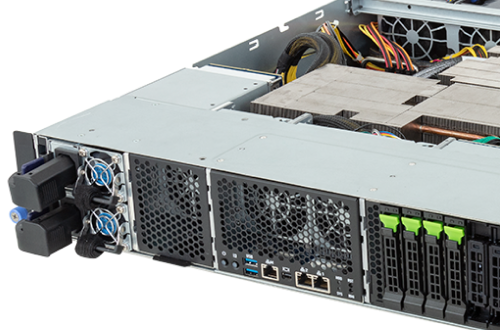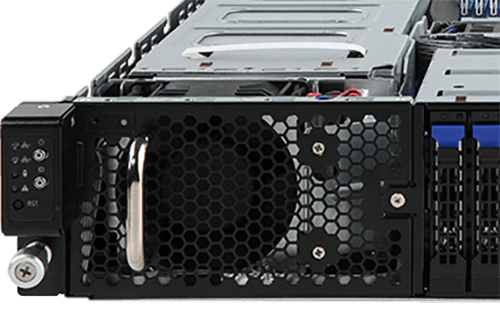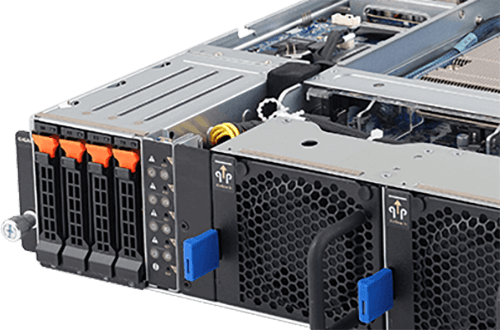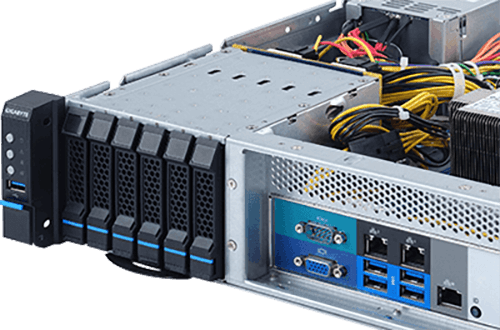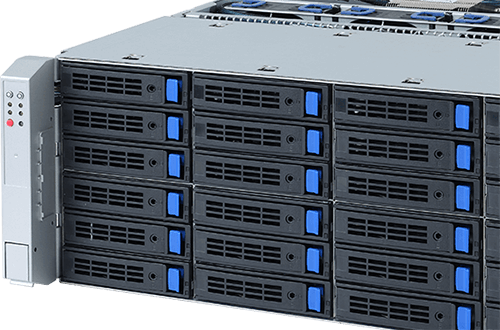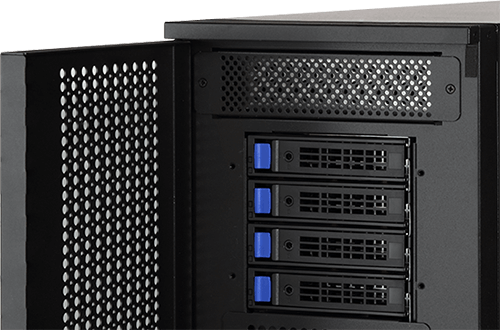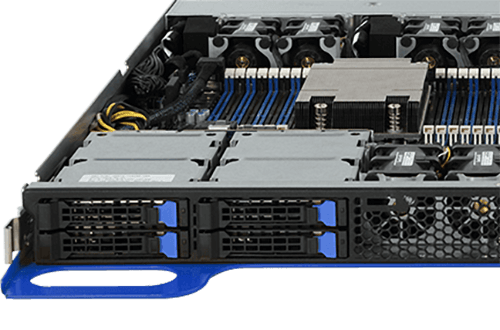AI-AIoT
How to Monetise AI for Better Business Outcomes
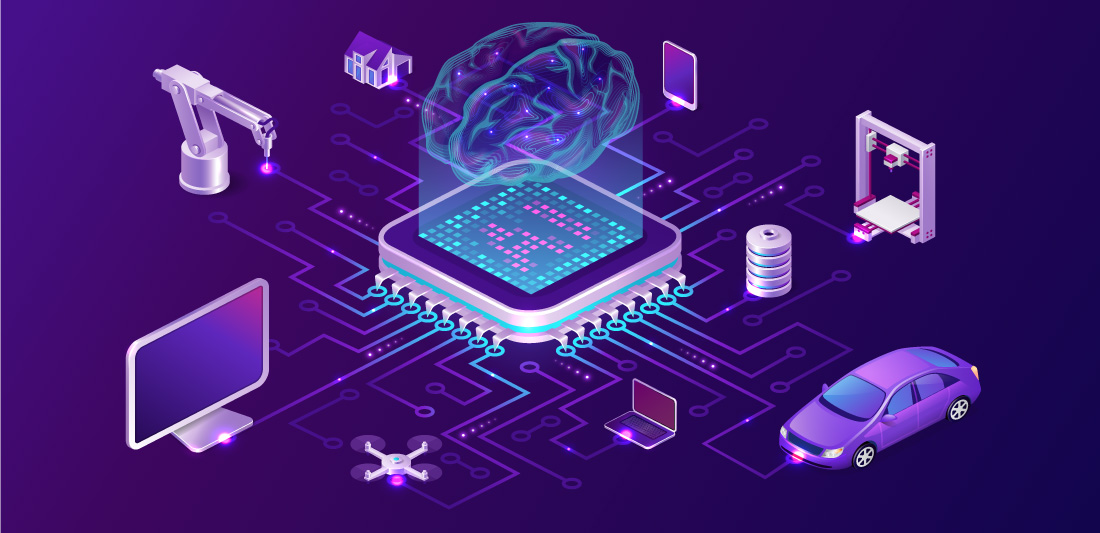
AI in the Modern Business Landscape
Barriers to AI adoption
Overcoming the AI Workload Challenge
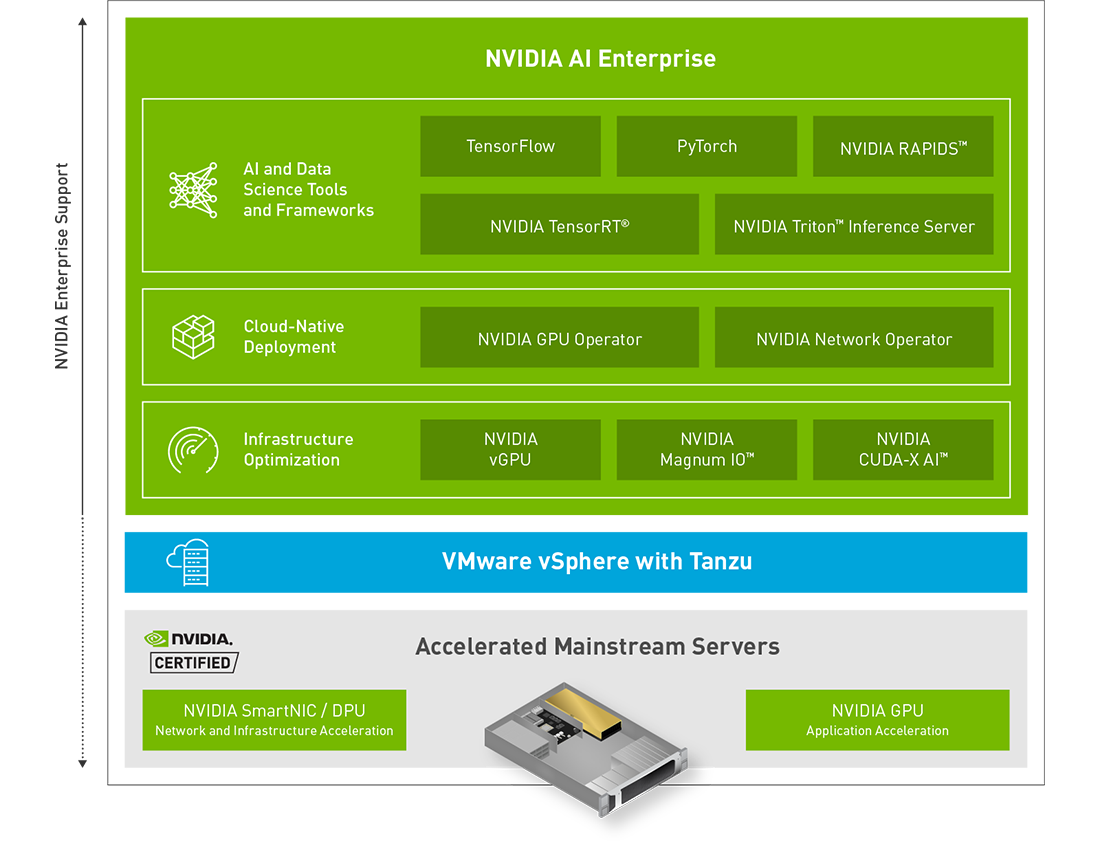
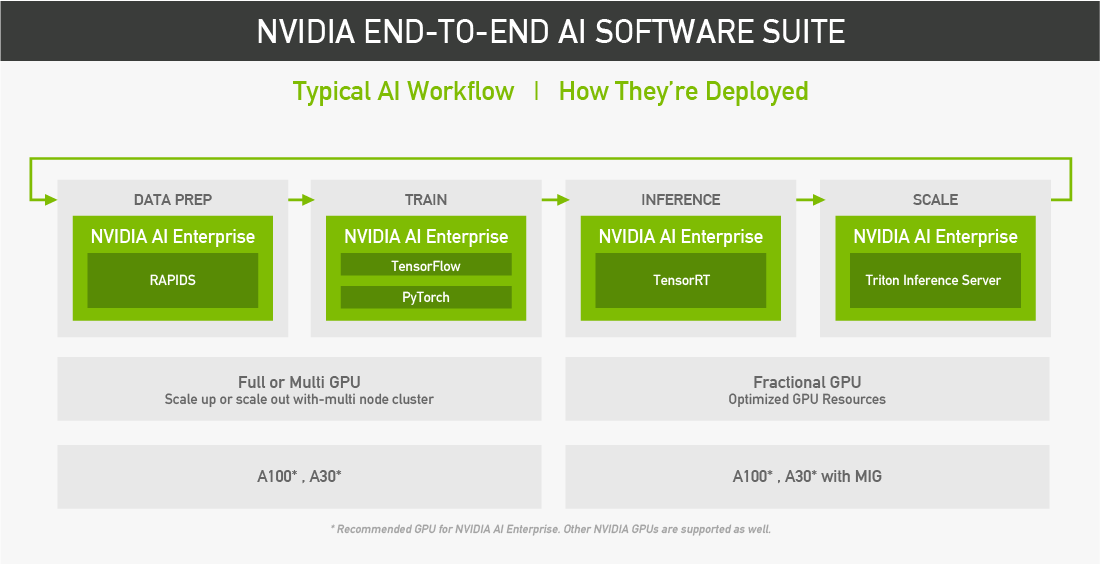

AI & AIoT
WE RECOMMEND
RELATED ARTICLES

Component
SupremeRAID™ BeeGFS™ Performance with GIGABYTE Servers
The white paper explores how SupremeRAID™ with GIGABYTE S183-SH0 creates an extremely dense and efficient parallel filesystem solution and enhances the performance of BeeGFS—making it ideal for High-Performance Computing and Artificial Intelligence applications.

Success Case
Czech’s biggest search engine builds infrastructure on top of GIGABYTE solutions
Seznam, a major player in the Czech Republic internet market, in a search to upgrade its hardware infrastructure, found in GIGABYTE the ideal hardware solution partner to increase scalability and performance of its online services, resulting in major improvements in efficiency.

AI & AIoT
How to Benefit from AI In the Healthcare & Medical Industry
If you work in healthcare and medicine, take some minutes to browse our in-depth analysis on how artificial intelligence has brought new opportunities to this sector, and what tools you can use to benefit from them. This article is part of GIGABYTE Technology’s ongoing “Power of AI” series, which examines the latest AI trends and elaborates on how industry leaders can come out on top of this invigorating paradigm shift.

Tech Guide
How to Pick the Right Server for AI? Part Two: Memory, Storage, and More
The proliferation of tools and services empowered by artificial intelligence has made the procurement of “AI servers” a priority for organizations big and small. In Part Two of GIGABYTE Technology’s Tech Guide on choosing an AI server, we look at six other vital components besides the CPU and GPU that can transform your server into a supercomputing powerhouse.
Get the inside scoop on the latest tech trends, subscribe today!
Get Updates







